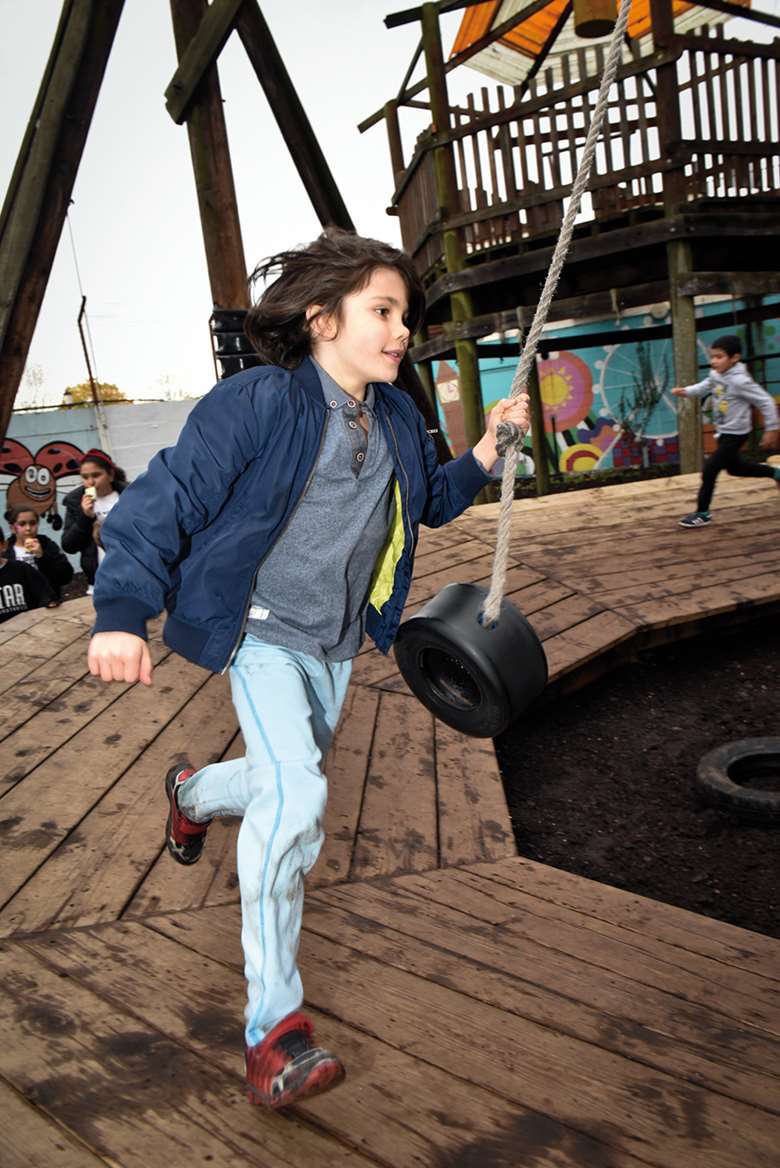Initiative points way to tackling obesity
Derren Hayes
Tuesday, January 30, 2018
A healthy eating project in a deprived part of west London is highlighting how councils can help parents and children develop a healthier lifestyle.

Analysis by Kent University shows the Go Golborne project run in North Kensington has boosted children's daily physical activity and cut their consumption of sugary food and drink.
The results come as Public Health England (PHE) launched its campaign to tackle childhood obesity by focusing on encouraging parents to reduce children's consumption of unhealthy snacks.
It also follows criticism of the government's record on tackling childhood obesity by the Royal College of Paediatrics and Child Health. Its annual child health scorecard showed the government made no progress in four of the seven priority areas on obesity, including banning advertising of unhealthy foods before 9pm, undertaking an audit of fast food outlets near schools, and extending the school food standards to academies and free schools.
Latest data from the National Child Measurement Programme shows 13 per cent of children are overweight and 9.6 per cent obese at the start of reception, and 14 per cent are overweight and 20 per cent obese when they reach year 6.
The data shows levels of obesity are particularly high in economically disadvantaged areas, which is why Kensington and Chelsea Council has piloted the Go Golborne project in the most deprived part of the borough.
Through the initiative, 300 professionals have been trained in healthy eating and physical activity topics, 34 grants have been distributed to local organisations to promote healthy lifestyles, and a voucher scheme for parents to use on fruit and vegetables at local markets has been introduced.
Two years after its introduction, 79 per cent of children have at least one healthy drink per day compared to 59 per cent before; the proportion of children taking "active travel" to school has risen by three per cent; and inactivity among children has fallen from eight to five per cent.




